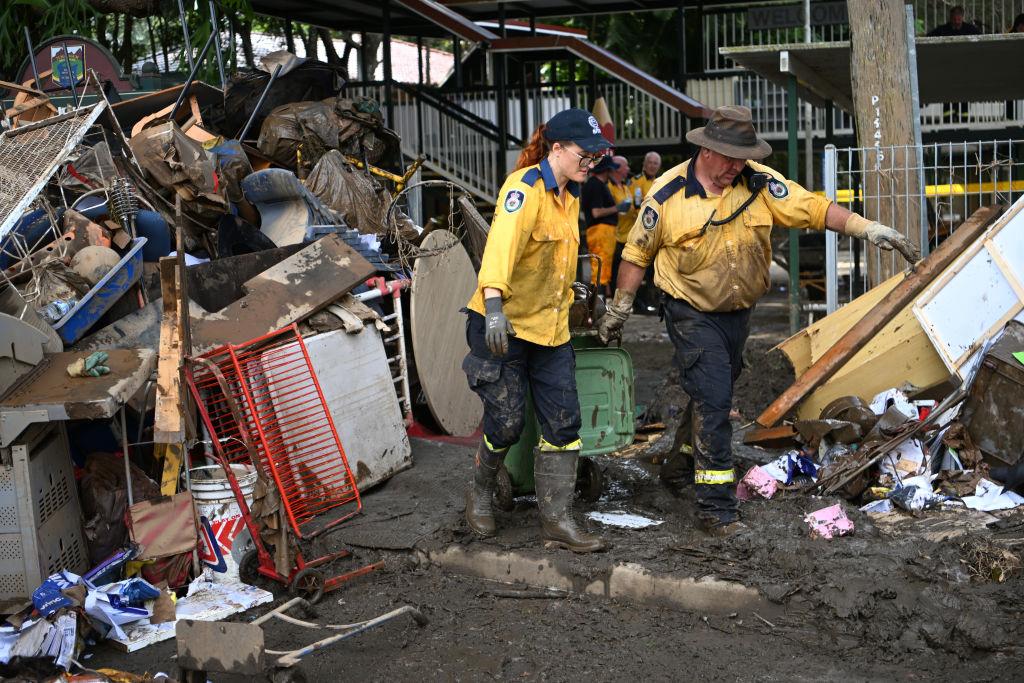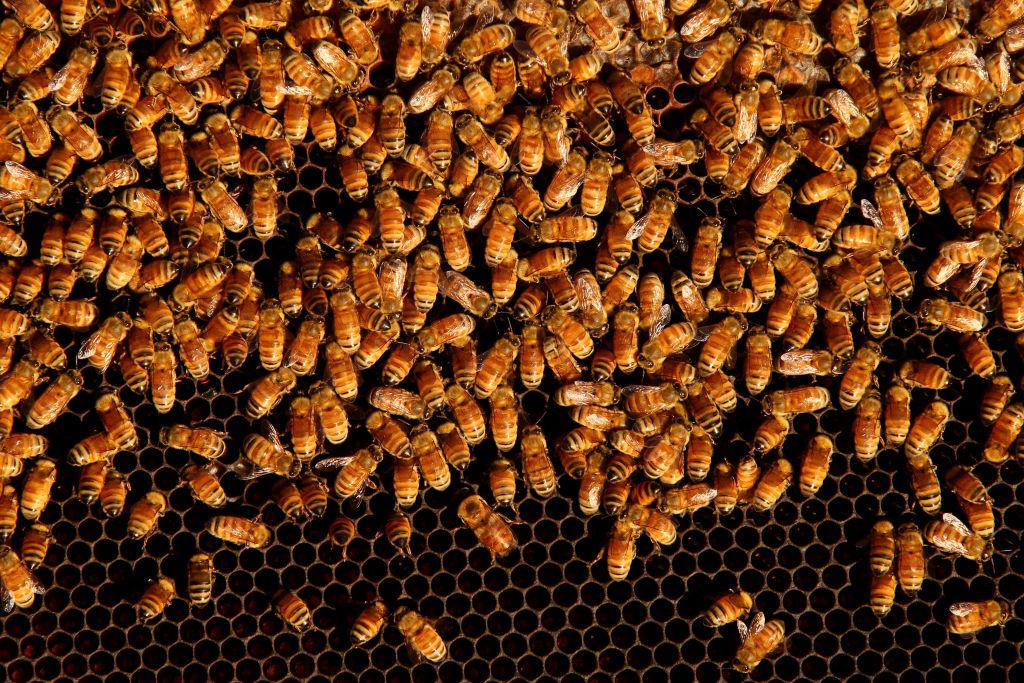Coffee prices are set to hit consumer’s hip pockets as changing climates have affected coffee bean production globally, scientists say.
New Australian research by the Commonwealth Scientific and Industrial Research Organisation (CSIRO) and the University of Southern Queensland shows that the changing nature of concurrent climate hazards could impact coffee production on a global scale.





